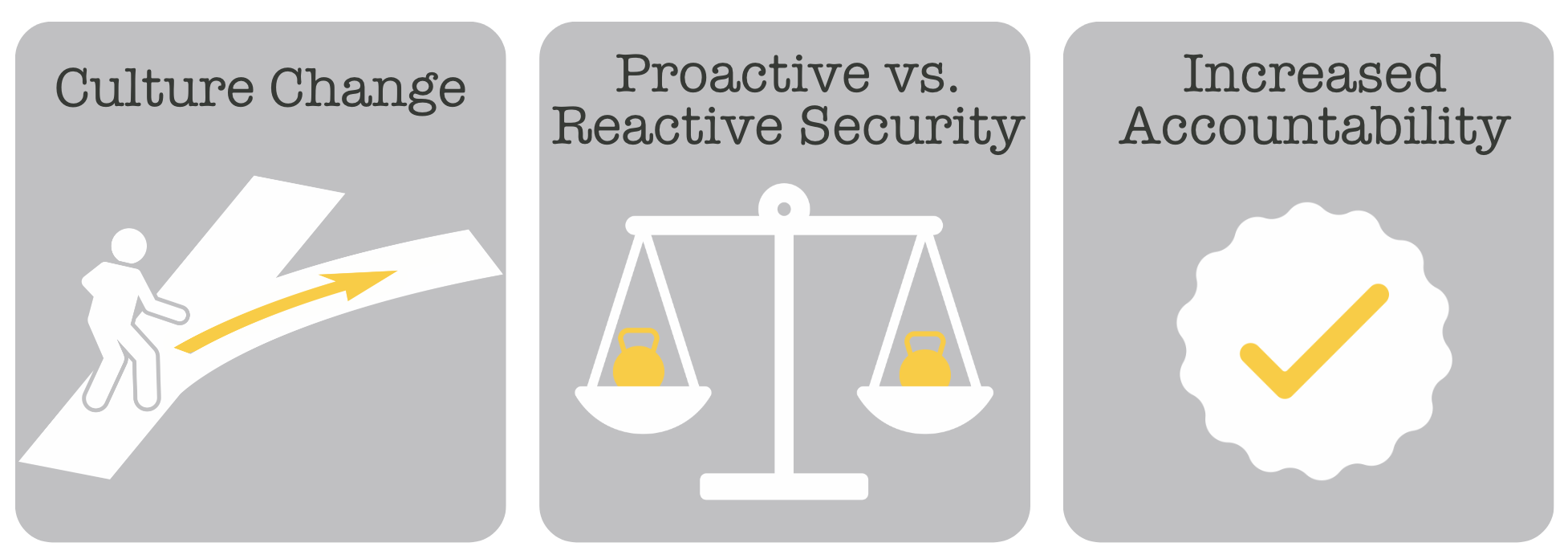AI Misuse and Automation Risks: How Digital Risk Culture Shapes Resilience
As artificial intelligence (AI) tools evolve and proliferate, so too do the risks associated with their misuse. Attackers are leveraging AI to create...
You Can’t Fix What You Can’t See
Security teams are well-versed in threat maps—tools that help visualize attack vectors, vulnerabilities, and paths of escalation across systems. But when it comes to human risk, we’re still flying blind. Most organizations know who clicked a phishing link or missed a training deadline, but they don’t know why. They’re tracking symptoms—not sources.
What if we treated human risk like a threat network? What if we mapped people, behavior, context, and culture the way we map infrastructure?
By thinking of your workforce as a dynamic network of behavioral risk and influence, you unlock deeper understanding—and faster remediation.
Part 1: 3 New Ways to Identify High-Risk Behaviors
Friction Frequency Mapping
Use digital friction logs (e.g., how often users run into MFA blocks, access issues, failed logins) as a proxy for risk frustration and potential workarounds.
Use Case: A regional operations team had high VPN failure rates and started using unauthorized file-sharing apps. Mapping this behavior helped IT close the usability gap.
Helpdesk Behavioral Clues
Track language patterns and tone in helpdesk tickets. Repeated confusion, resentment, or sarcasm in security-related queries may indicate disengagement or apathy.
Use Case: Analysts flagged a spike in sarcastic security comments in one team’s tickets. Targeted engagement revealed a culture clash with the security team’s tone.
Micro-Avoidance Signals
Look for non-obvious cues like skipped policy reads, avoided channels, or silent refusals (no votes, no likes, no feedback). These are often signs of passive resistance.
Use Case: One team consistently “ghosted” all compliance updates. Follow-up interviews revealed they felt the materials were irrelevant to their day-to-day work.
Part 2: 3 Unconventional Ways to Spot High-Risk Departments or Teams
Permission Drift Mapping
Identify teams where access accumulates over time. Teams with high job mobility or cross-functional exposure often hold excess permissions—creating hidden risk hubs.
Use Case: A marketing team had accumulated legacy access to legal systems due to a merger. No one noticed until a near-miss incident triggered a review.
Shadow AI Indexing
Survey or anonymously assess departments on AI tool usage outside of approved channels. High experimentation = high exposure.
Use Case: A sales team was using an unvetted chatbot to auto-respond to leads—accidentally exposing PII in the process.
Risk Comms Latency Scoring
Measure how long it takes for security messages to reach, be opened, and acknowledged by each department. Long delays can highlight cultural or communication gaps.
Use Case: A global logistics group took 4x longer to read critical updates than any other function. Cultural review revealed local leadership didn’t endorse security as a priority.

Part 3: 3 Social Influence Factors You Should Be Tracking
Informal Influencer Mapping
Identify employees whose behavior impacts others—based on Teams/Slack data, meeting invites, or social graphs. These people set the tone, not the org chart.
Use Case: A highly networked employee in HR was unknowingly modeling insecure practices. Retraining her improved security posture across several teams.
Sentiment Heatmapping
Use pulse surveys, quick polls, or open-text feedback to understand employee sentiment toward security. Emotions predict behavior.
Use Case: After a frustrating phishing sim rollout, sentiment dipped in three regions. Localized retraining turned resentment into resilience.
Vulnerability Clusters
Cross-reference stress levels, change fatigue, recent org shifts, and performance data. High-stress clusters are more likely to make mistakes.
Use Case: During a reorg, one business unit saw a spike in policy breaches. Further analysis showed emotional overload—not ignorance—was the root cause.
Why Risk Maps Matter
Human risk maps help you see what policies and training can’t. They connect the dots between emotion, behavior, friction, and risk.
And they provide a model for:
Faster detection of emerging issues
Targeted remediation
Context-rich reporting for leadership
More effective awareness and engagement campaigns
They help you understand not just who clicked or skipped—but why.
Culture Is a Network. Human Risk Is a Mesh. Map It Like One.
Your company isn’t just made of endpoints and infrastructure. It’s made of people. And people don’t operate in isolation—they act in patterns, groups, and flows. That’s what makes behavioral mapping so powerful.
With the right tools, models, and mindset, you can scan, segment, and strengthen the human fabric of your business. You can patch behavior like you patch software. And you can finally treat human risk like the strategic priority it deserves to be.
We help companies build human risk baselines, map behavior, and design resilient digital cultures.
If you’re ready to stop guessing and start mapping, let’s talk.

As artificial intelligence (AI) tools evolve and proliferate, so too do the risks associated with their misuse. Attackers are leveraging AI to create...
4 min read

The AI Future Isn’t Coming—It’s Here
3 min read
Subscribe to our newsletters for the latest news and insights.
Stay updated with best practices to enhance your workforce.
Get the latest on strategic risk for Executives and Managers.
